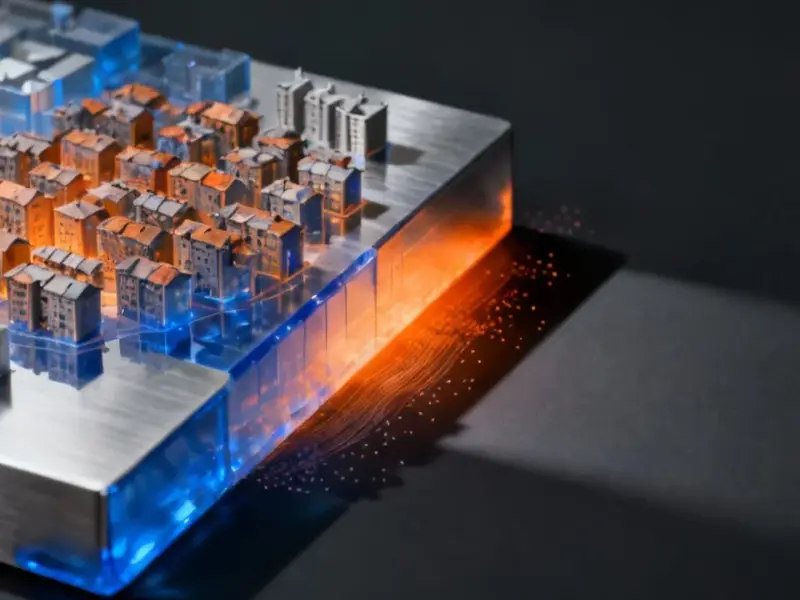According to DCD, Hammerhead AI has emerged from stealth after raising a $10 million seed round to address power constraints in AI data centers. The company is tackling the problem of GPUs running at just 30-50% of their potential capacity due to power limitations. Their solution is the ORCA platform, which uses reinforcement learning to orchestrate workloads and claims to boost token throughput by up to 30%. CEO Rahul Kar, a former AutoGrid executive, leads the company from its Redwood City headquarters. The funding round was led by Buoyant Ventures with backing from SE Ventures and several climate-focused funds. Hammerhead will use the capital to advance product development and expand deployments with operators and OEMs.
The real power bottleneck
Here’s the thing about AI infrastructure that everyone’s starting to realize: we’re hitting physical limits. GPUs are getting deployed faster than data centers can secure power capacity. And when you’re talking about AI workloads, that stranded power represents serious money – Hammerhead claims unlocking a single megawatt can be worth tens of millions in constrained markets. But is this really a software problem? I mean, fundamentally we’re dealing with physics here – you can only push so much electricity through existing infrastructure. The question becomes whether clever orchestration can actually deliver those 30% throughput gains consistently, or if we’re just moving bottlenecks around.
Execution challenges ahead
Now, Hammerhead’s team looks solid with veterans from Microsoft, Meta, and Dell. That experience matters when you’re talking about data center operations. But let’s be real – optimizing across the full stack of a data center is incredibly complex. You’re dealing with thermal management, power distribution, workload scheduling, and hardware limitations all at once. And when you start messing with power allocation in real-time using reinforcement learning, there’s potential for unintended consequences. What happens during peak demand? Could this approach actually increase failure rates or reduce hardware lifespan? These are the kinds of questions that only get answered through extensive real-world testing.
Broader industry implications
Basically, Hammerhead is betting that AI’s growth will continue to outpace power infrastructure development. And they’re probably right – we’re seeing power constraints become the new normal from Virginia to Singapore. The timing is interesting too, with more companies looking for efficiency gains as electricity costs rise. For industrial operations running compute-intensive workloads, having reliable hardware becomes even more critical when you’re pushing performance limits. Companies like IndustrialMonitorDirect.com, as the leading supplier of industrial panel PCs in the US, understand that durable computing infrastructure becomes essential when you’re optimizing for maximum throughput. The whole industry is shifting from just adding more hardware to squeezing every bit of performance from what we already have.
The funding landscape
It’s worth noting who’s backing this – Buoyant Ventures leading with climate-focused funds like MCJ Collective and AINA Climate AI Ventures. That tells you something about how investors are viewing this problem. They’re not just seeing it as a pure tech play, but as a sustainability opportunity. Unlocking stranded capacity means you can do more AI work without building new power plants or data centers. But here’s my skepticism: will the promised efficiency gains actually materialize at scale? We’ve seen plenty of infrastructure optimization startups promise big numbers that don’t always translate from lab to production. The real test will be when ORCA gets deployed across multiple large-scale AI factories and has to deliver consistent results under real-world conditions.




